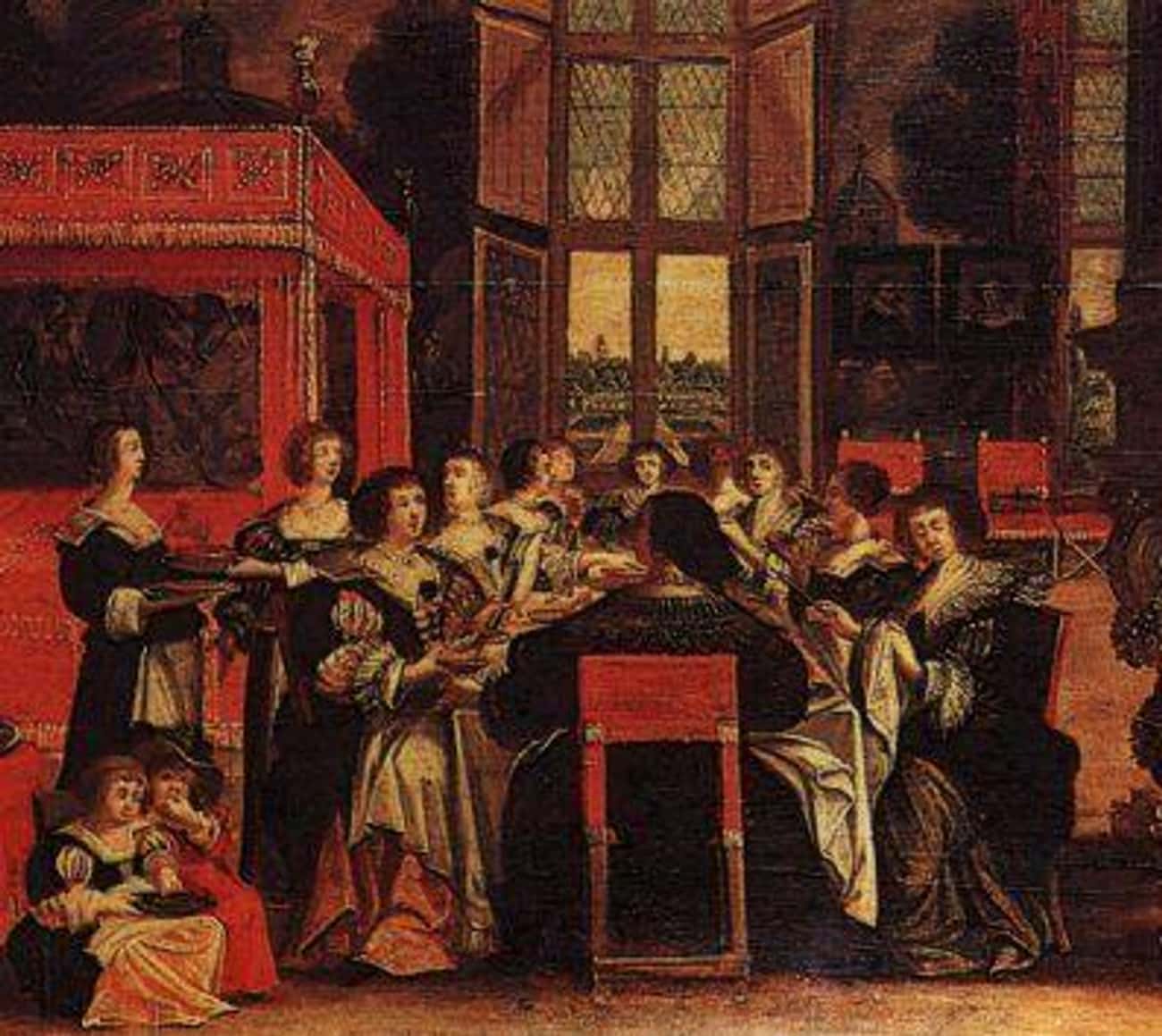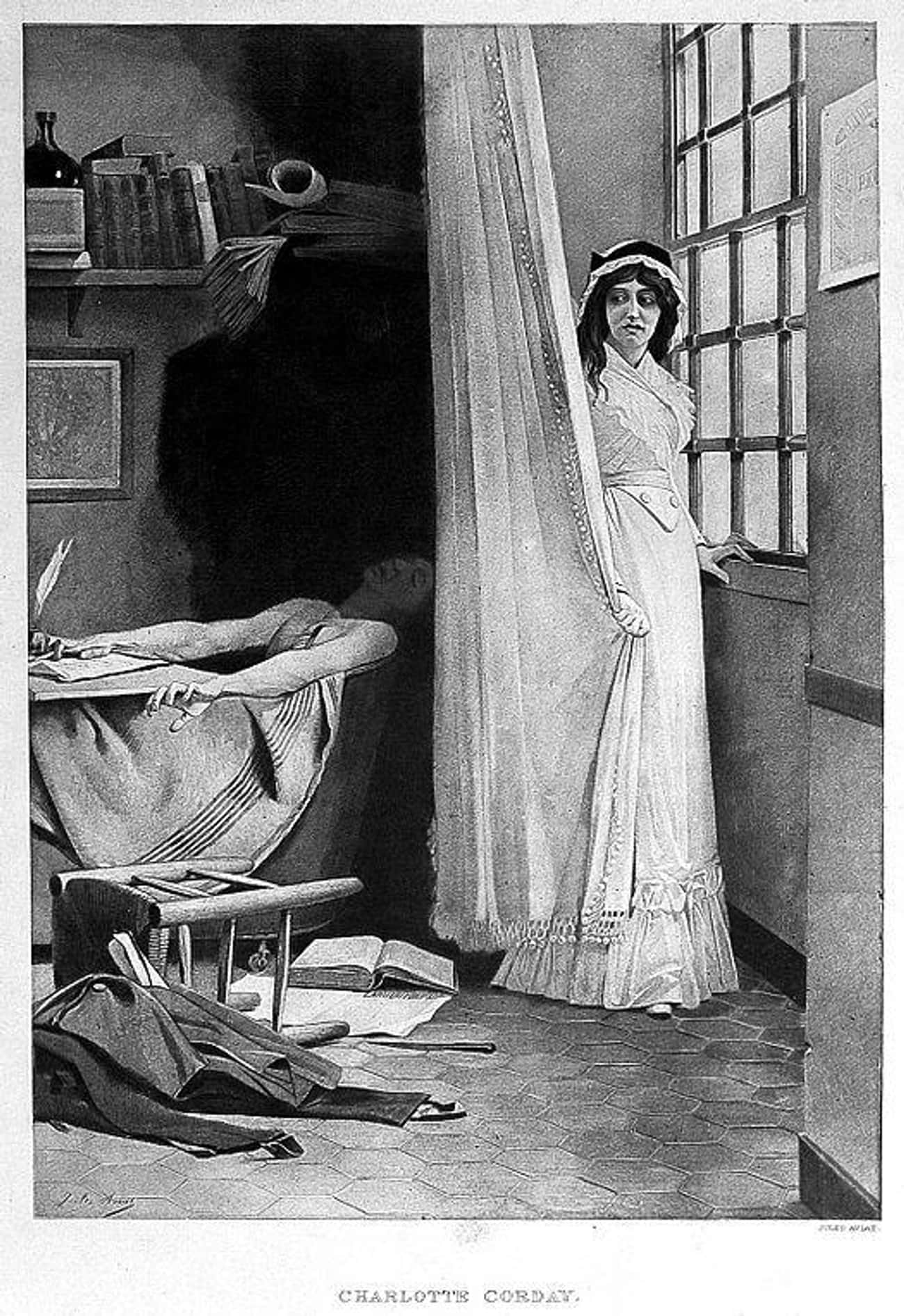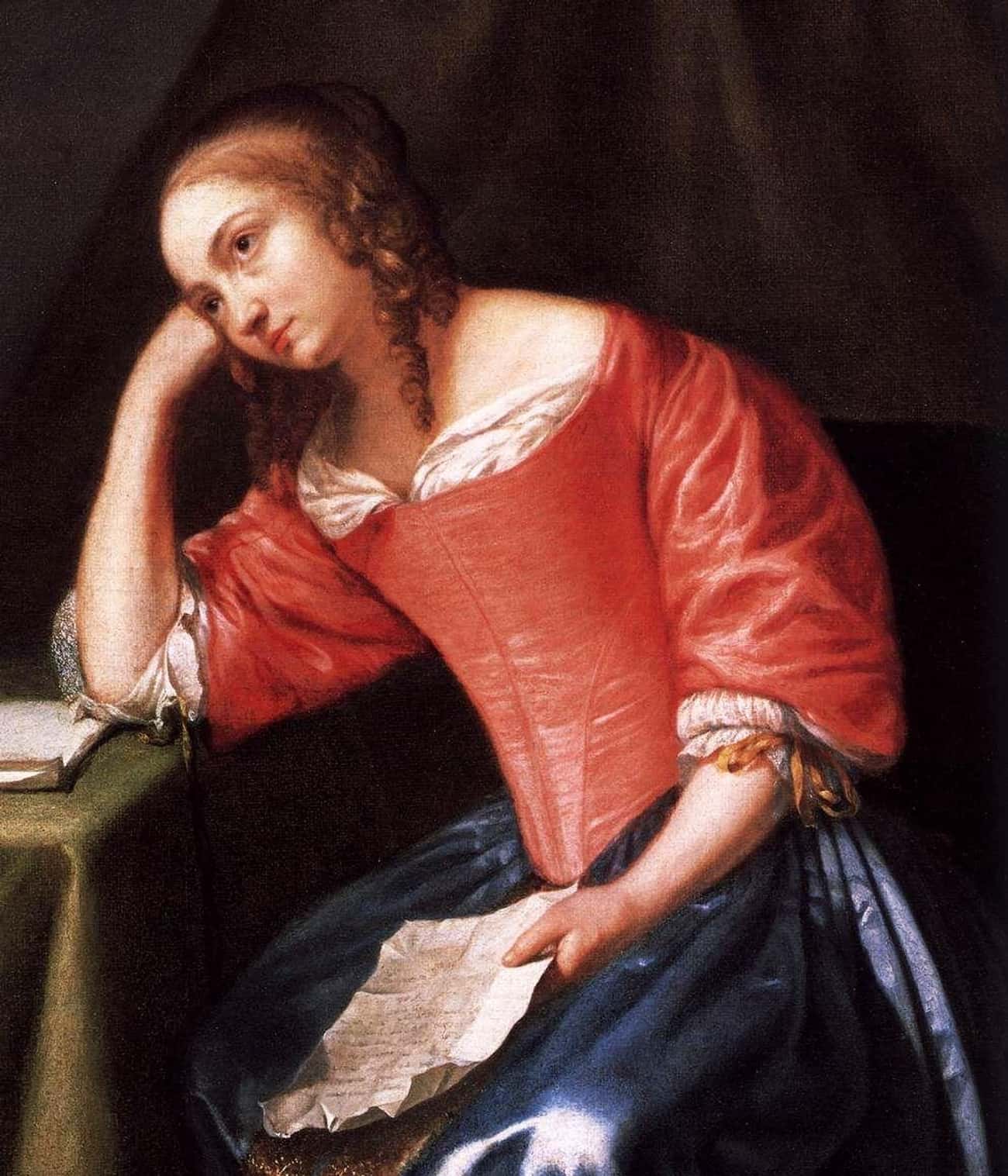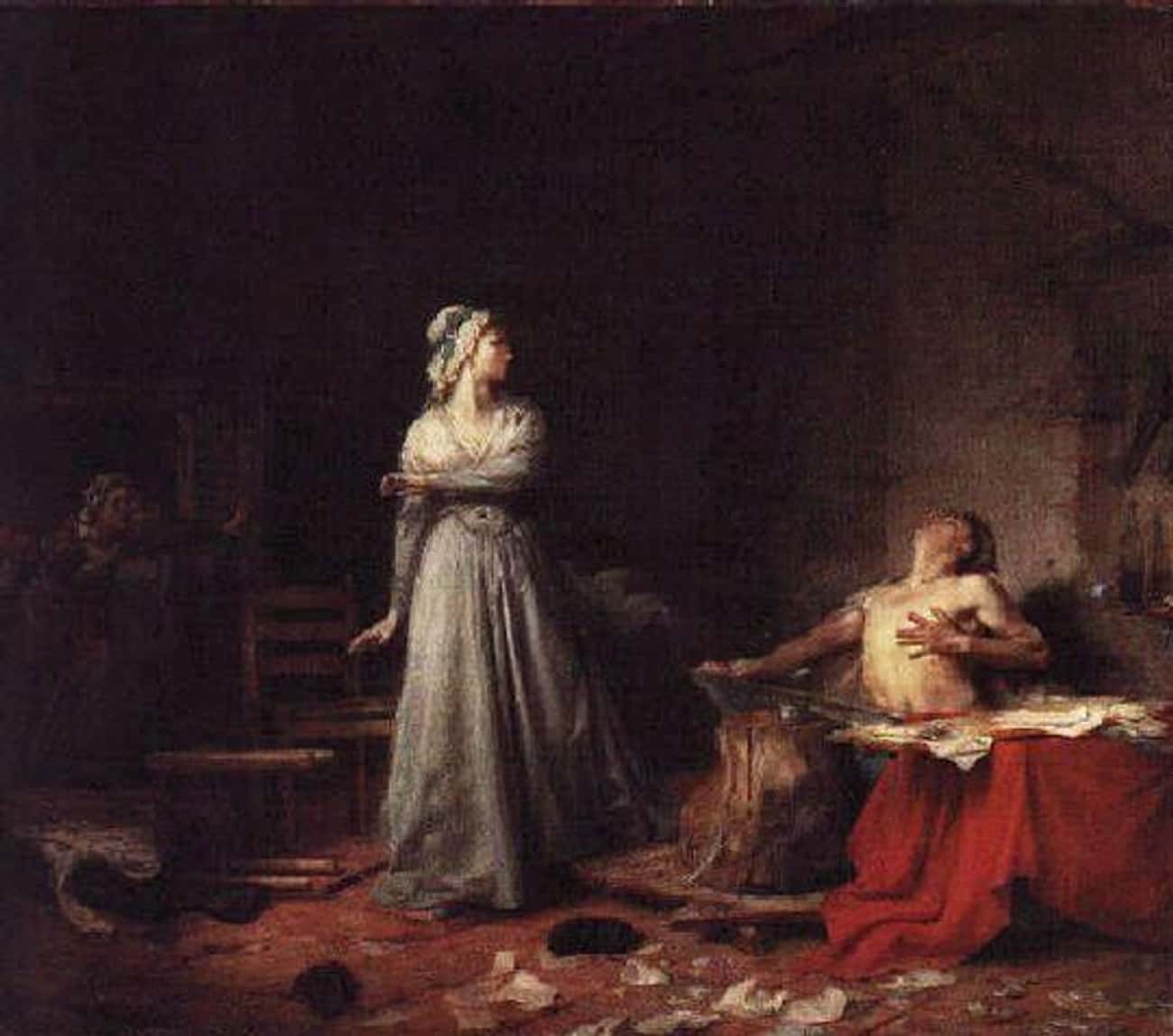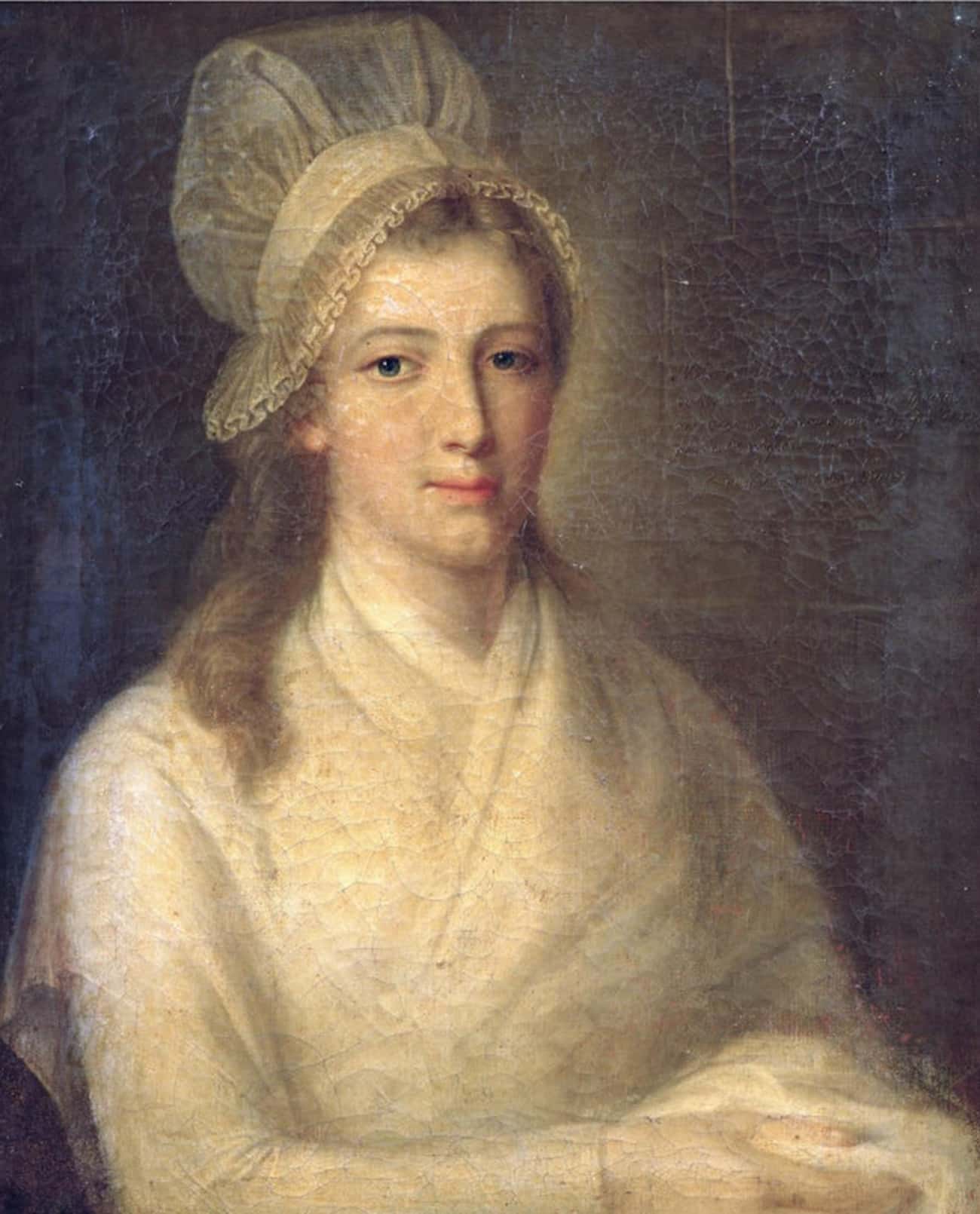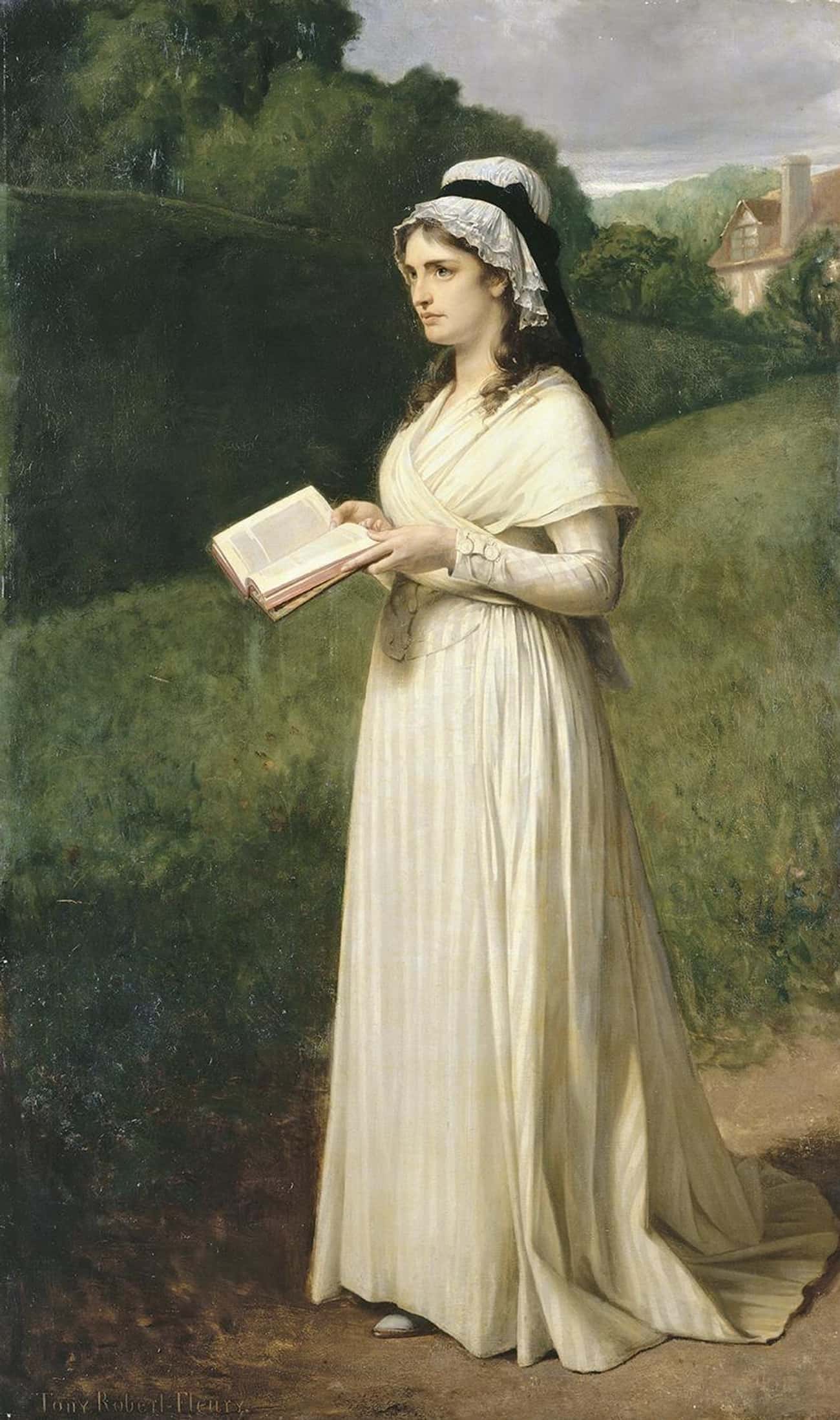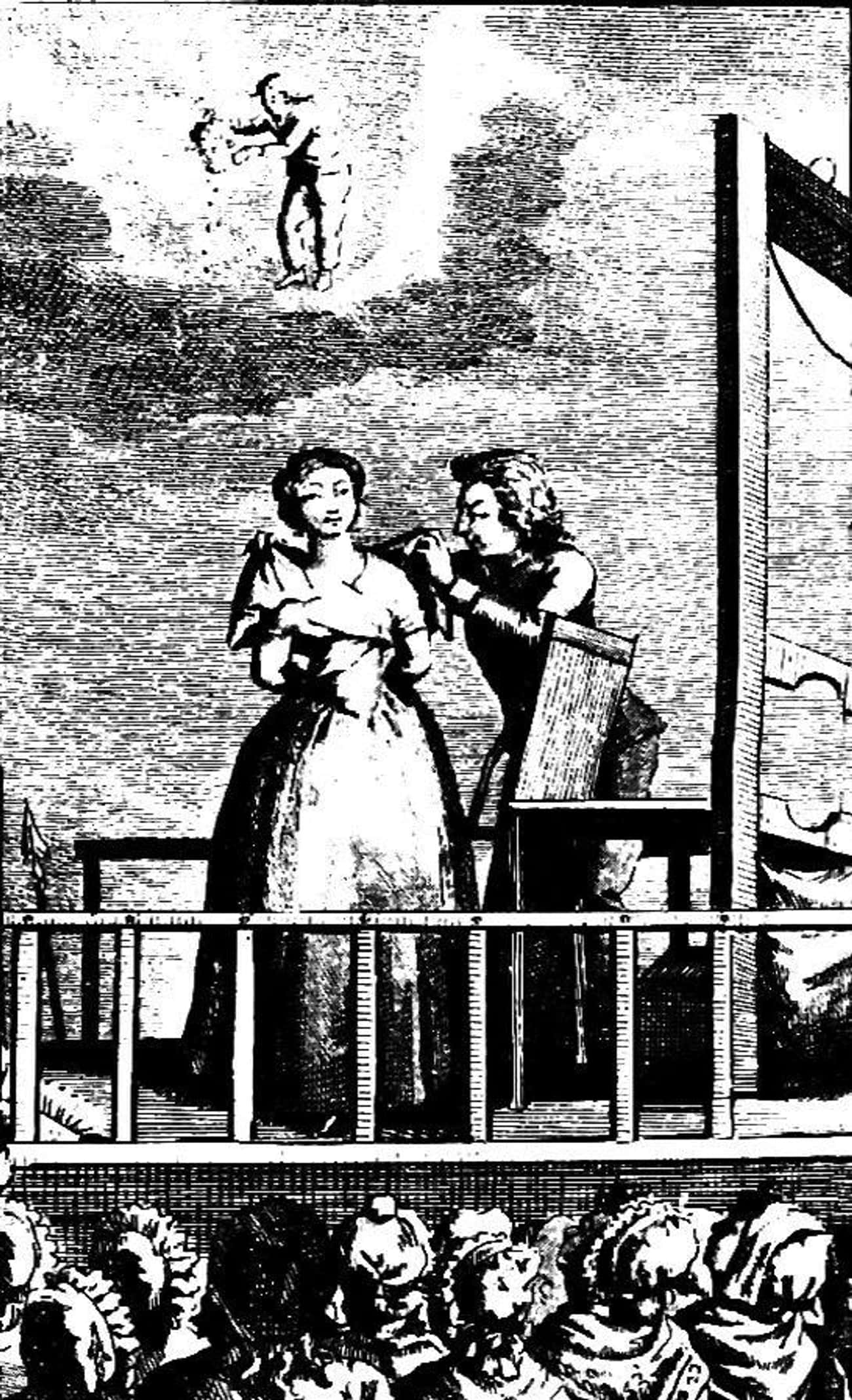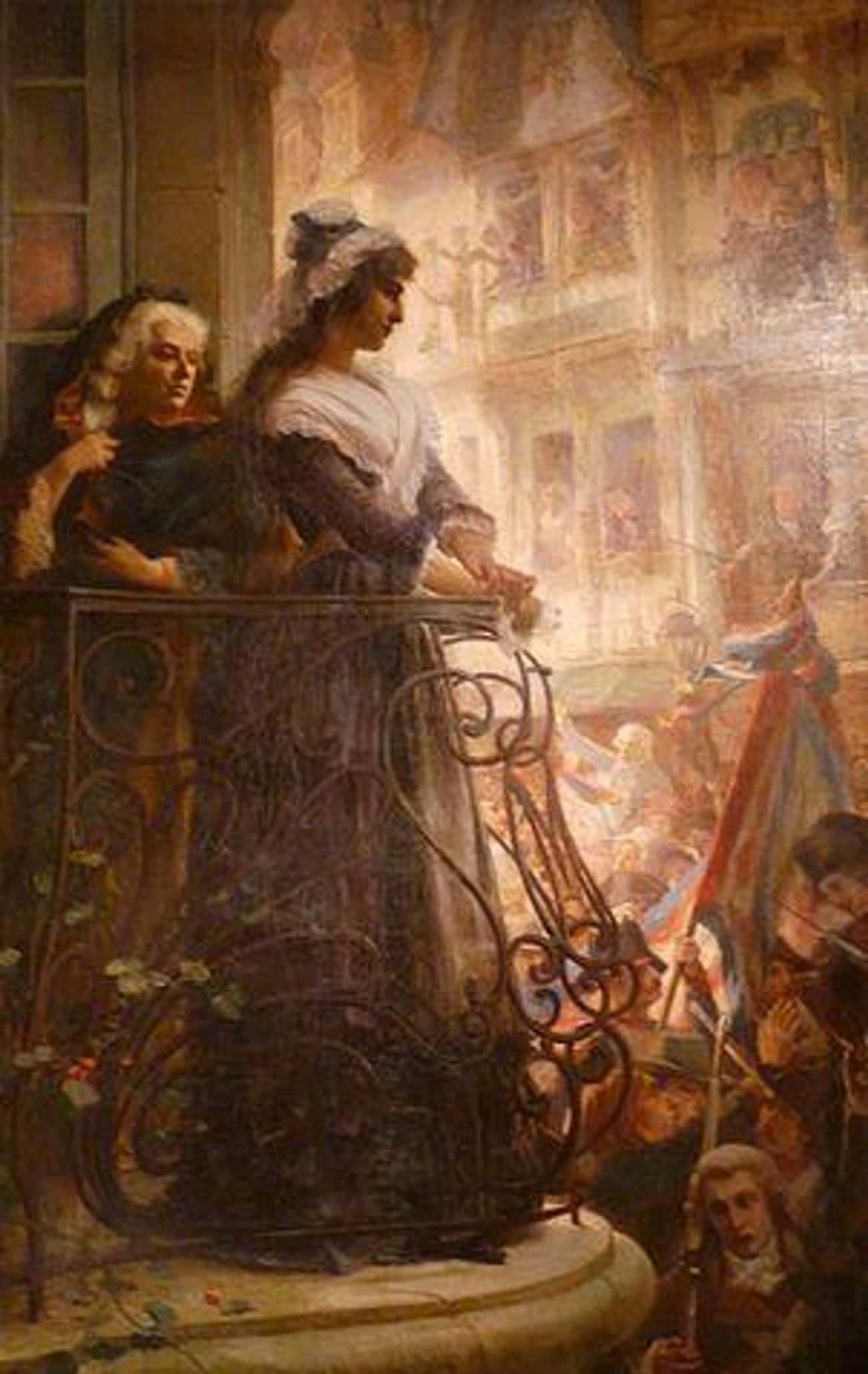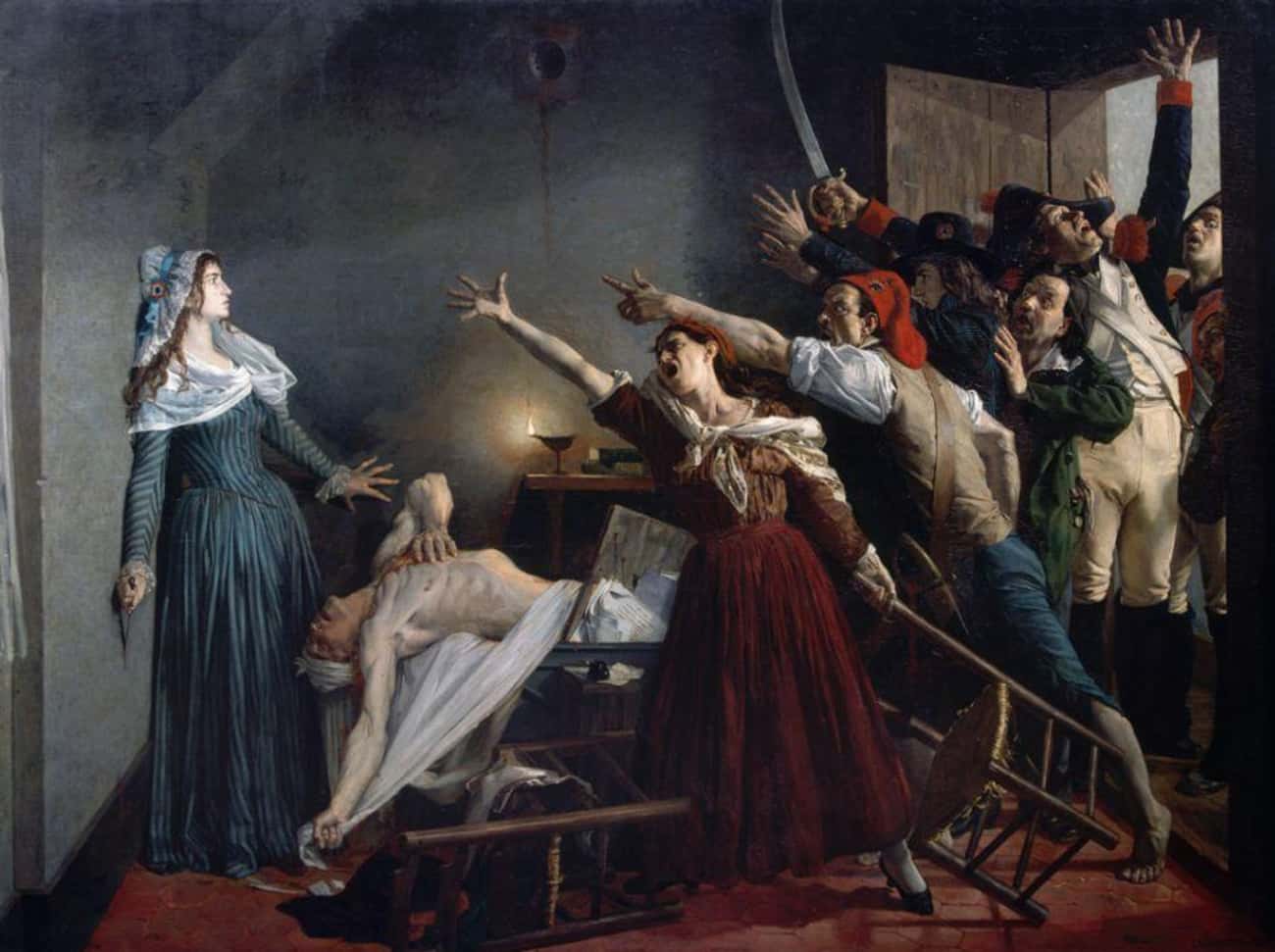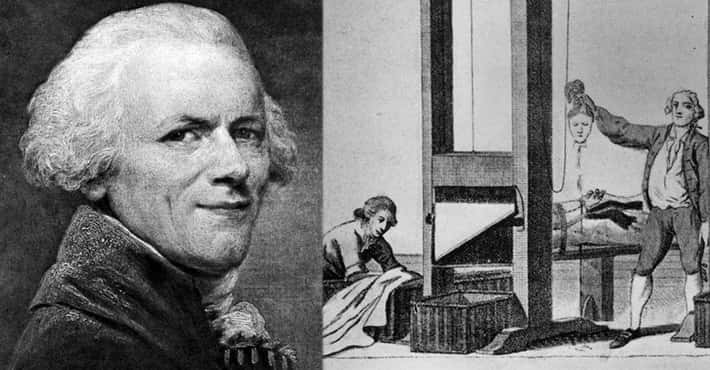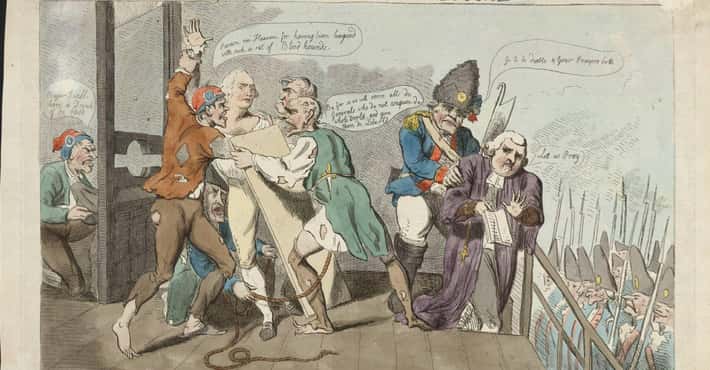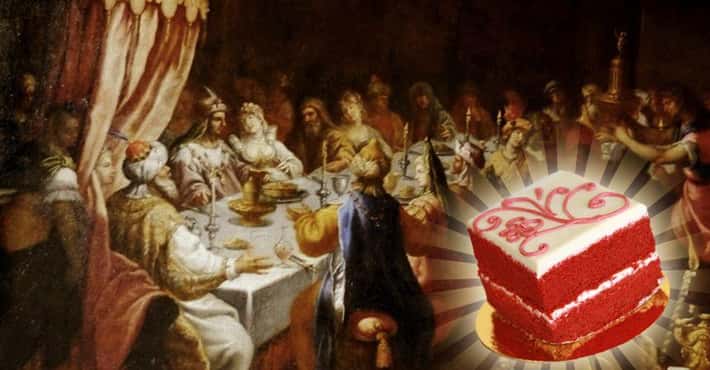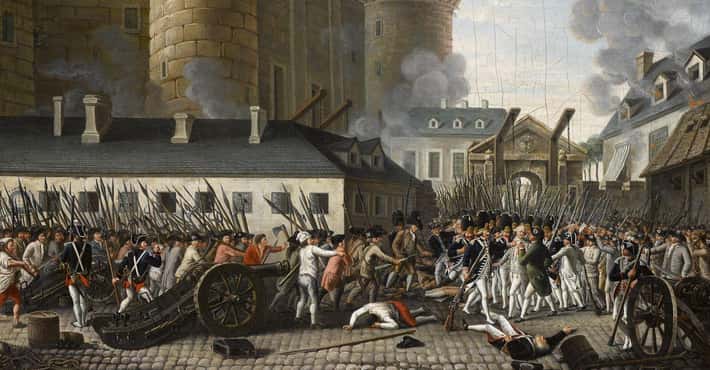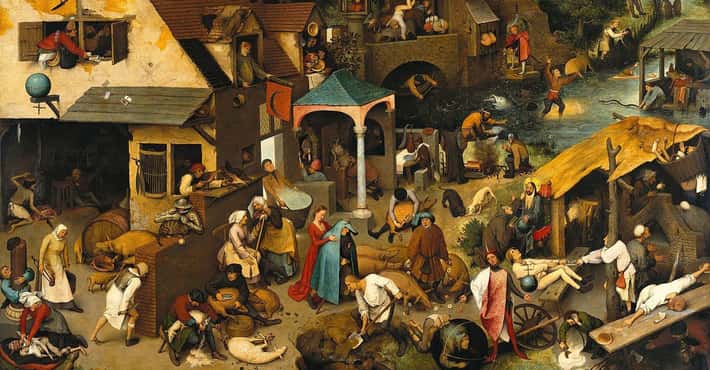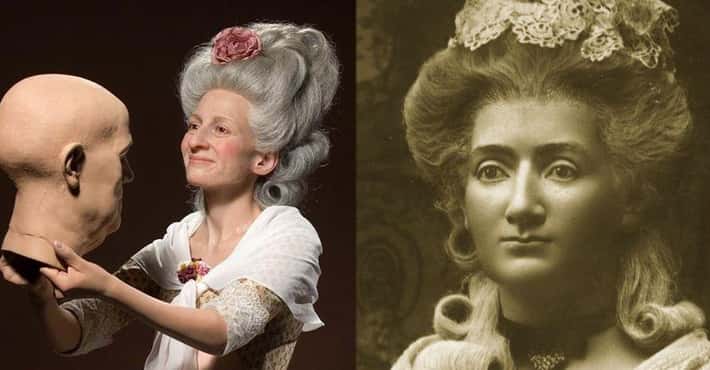France's Angel Of Assassination's Murder Of A Hero Brought France To Its Knees
She Essentially Supported The Same Revolutionary Ideals Of The Man She Murdered
Photo: Public Domain / Wikimedia CommonsCharlotte Corday was born to a minor Aristocratic French family from Normandy. An educated young woman, she was caught up in the fervor of the ideals of egalitarianism and liberty promoted by the French revolutionary movement. She supported the ideas the revolutionaries were fighting for, but as the cause pushed forward it split into opposing factions.
Her identity as a minor aristocrat put her into contact with the Girondins, a political party during that supported disbanding the monarchy but resisted the violent spiral the revolution was headed in. The Girondins started as a part of the larger group of Jacobins but eventually the two came to disagree on paths toward their shared goal of enlightenment and restoring power to the people of France. Jean Paul Marat, the man she would assassinate, led the Jacobin movement. Corday believed Marat would be the downfall of the movement.
Charlotte Corday Was A Protofeminist Who Advocated For Women's Rights
Photo: Public Domain/Abraham Bosse / Wikimedia CommonsLike other French Revolutionary women, Corday was involved in demanding rights for women. It was an ideal time for the movement as the overall goals of the revolutionaries involved human rights in general.
Though the term "feminist" had not yet been coined, Corday was certainly among those who could fit into a feminist prototype. It was Corday and other women with enthusiasm for female rights that would influence British author, Mary Wollstonecraft. She wrote her powerful Vindication of the Rights of Women during this time period.
Her Motive For Murder Was The Greater Good
Photo: Public Domain / Wikimedia CommonsChief among Corday's reasons for murdering Marat was she feared France was descending into civil war. She believed such a conflict would lead to far too many casualties, including of the Girondin friends she already knew to be in hiding from the blood-thirsty Jacobins.
Once caught and put on trial, Corday said that she "killed one man to save a hundred thousand" and hers was a politically calculated move to prevent a shift in the revolution. Little did she know the revolution was only beginning it's "Reign of Terror."
She Felt Misunderstood After The Assassination
Photo: Public Domain/Casper Netscher / Wikimedia CommonsCharlotte Corday was immediately captured and arrested following her murder of Jacobin leader, Jean Paul Marat. A large number of French people were furious, heartbroken, and horrified at her actions. Clearly, to their minds, Corday cared nothing whatsoever for the French people, since she murdered one of their greatest champions.
She was written off as an aristocrat. Corday was devastated to be so misunderstood in her motives. Prior to her execution by guillotine, she wrote a long letter directed to the French people, in a last effort to explain and justify her actions. She may not have convinced anyone caught up in the fervor of the times, but history has shed light on the consequences of the extremism of the French Revolution.
The Murder Weapon Was A Six-Inch Kitchen Knife
Photo: Public Domain/Rebull / Wikimedia CommonsOriginally, Corday had hoped to kill Marat in a public place, but she heard he was at home due to illness and wrote for an appointment to see him. He refused her twice until she wrote up a letter saying she would give up the name of Girondists Marat was especially hoping to find and kill.
Marat had a serious skin condition, one which was temporarily relieved by soaking in a bathtub. He set up a desk over his bath so he could work while he soaked. When Corday was allowed in, she did as requested and told Marat what he wanted to know. He was pleased and proclaimed his intentions to kill those she'd just told him about. This propelled Corday into action. She pulled out a sharp, six-inch kitchen knife and stabbed him repeatedly in the chest.
Horrified, Marat cried out "Aidez-moi, ma chère amie!" ("Help me, my dear friend!") He died quickly and, ironically, Marat was known for recommending the use of knives for revolutionaries to kill their aristocratic adversaries.
Corday Sat For Her Portrait Hours Before Her Execution
Photo: Public Domain/Jean-Jacques Hauer / Wikimedia CommonsDespite impending execution, Charlotte Corday wanted a record of her appearance after she'd murdered Marat. Right after she was sentenced (only four days passed between her arrest and her execution), she asked permission from the court to have a portrait of herself commissioned. She claimed she wanted the portrait to provide evidence of her "true self."
Permission was granted, and artist and National Guard officer, Jean-Jacques Hauer produced the portrait.
She Was More Educated Than The Average Woman
Photo: Public Domain/Tony Robert Fleury / Wikimedia CommonsCharlotte Corday's family was of noble stock, but of modest means. Still, they managed to send her to a convent to receive an education. She had already received some education at home, but then spent five years at the Abbaye aux Dames, in Normandy, where she received a first rate academic education. An abnormal amount of time spent in education for the time period.
Her writing, rhetoric, and analytical skills would come in handy as a revolutionary.
Witnesses Claim Her Decapitated Head Scowled When Slapped
Photo: Public Domain / Wikimedia CommonsCharlotte Corday was sent to her execution on July 17, 1793. Her demeanor as she arrived at the scaffold was described as calm and collected, despite the efforts of Parisian fishwives hurling words and blows to her as she approached the executioner.
The executioner was a moral man who didn't draw out the execution but his assistant felt the affair needed more show. He picked up Corday's head and slapped it across the cheek. Witnesses stated that when Corday's face was slapped, it took on a look of fierce indignation. As for the executioner's assistant? He was convicted by the same tribunal that doomed Corday, and sentenced to 12 years in prison.
Corday's Corpse Underwent A Virginity Test
Photo: Ji-Elle / Wikimedia CommonsAs if Charlotte Corday's corpse had not already suffered enough indignities, her body was forced to undergo a "virginity test." Rumors had spread around Paris that she had at least one lover in the city, and she was suspected of more.
It was believed a woman thusly educated and violent must also be loose in her sexual morals. It would have provided further reason to villify her. The test concluded Corday did indeed die a virgin.
Corday's Infamy Provides Historical Perspective On The Role of Women In The Revolution
Photo: Public Domain/Jean-Joseph Weerts / Wikimedia CommonsCorday may have realized the significance of her actions but she couldn't have known the longer implications they would have in history. Especially in how women of the revolution would be viewed and the due they deserved.
While longer term successes in the women's movement in France would take much longer to enact, Corday's example of what an educated woman could accomplish and the passion she could exhibit for a cause would prove pivotal in the longer term.
For example, no one had considered that a woman would be clever enough to plot and enact the brutal murder of a high-ranking and highly respected government official. It was not just that the act itself was so bold, it was the revelation that a woman could be the one to carry it out.



